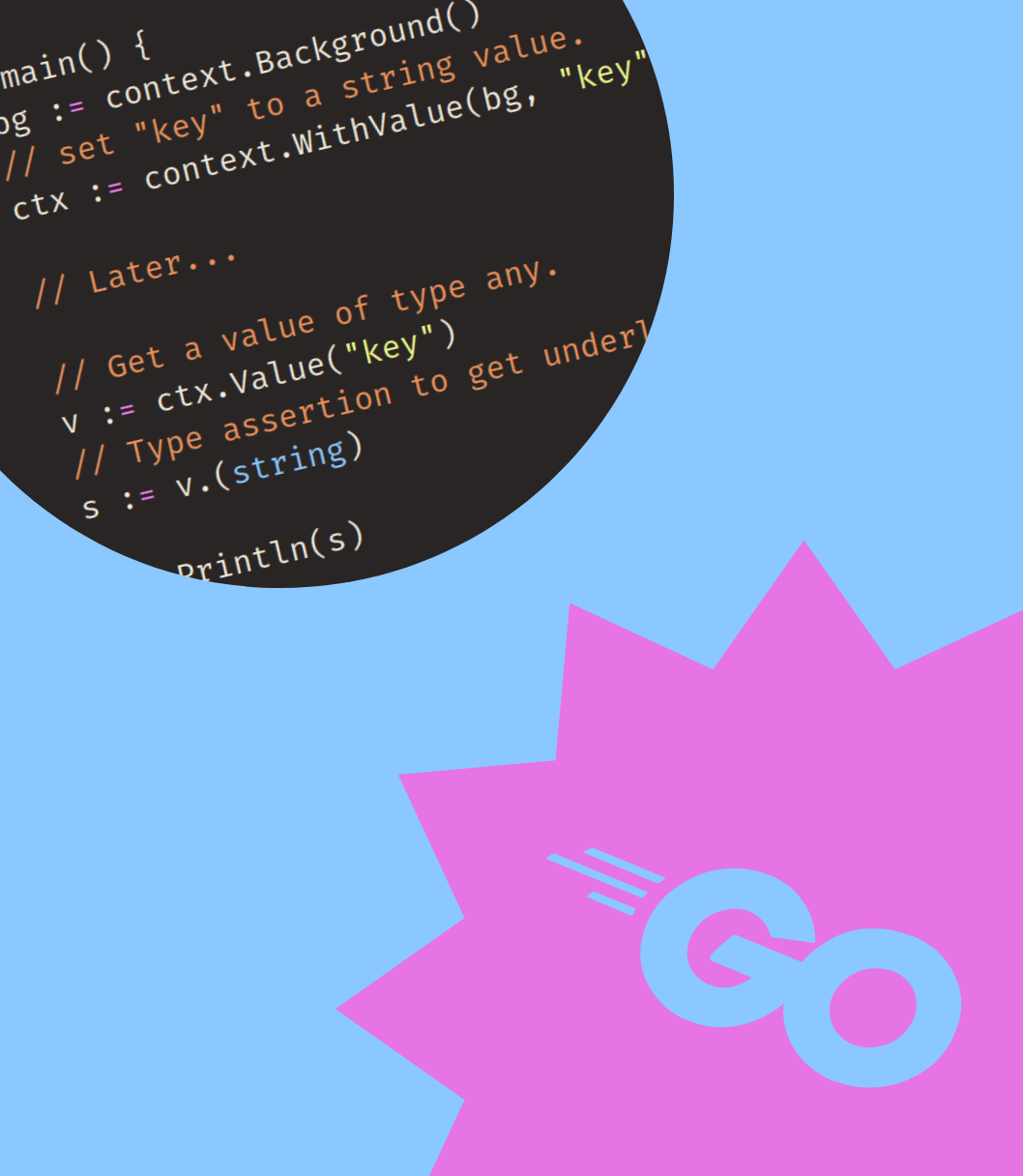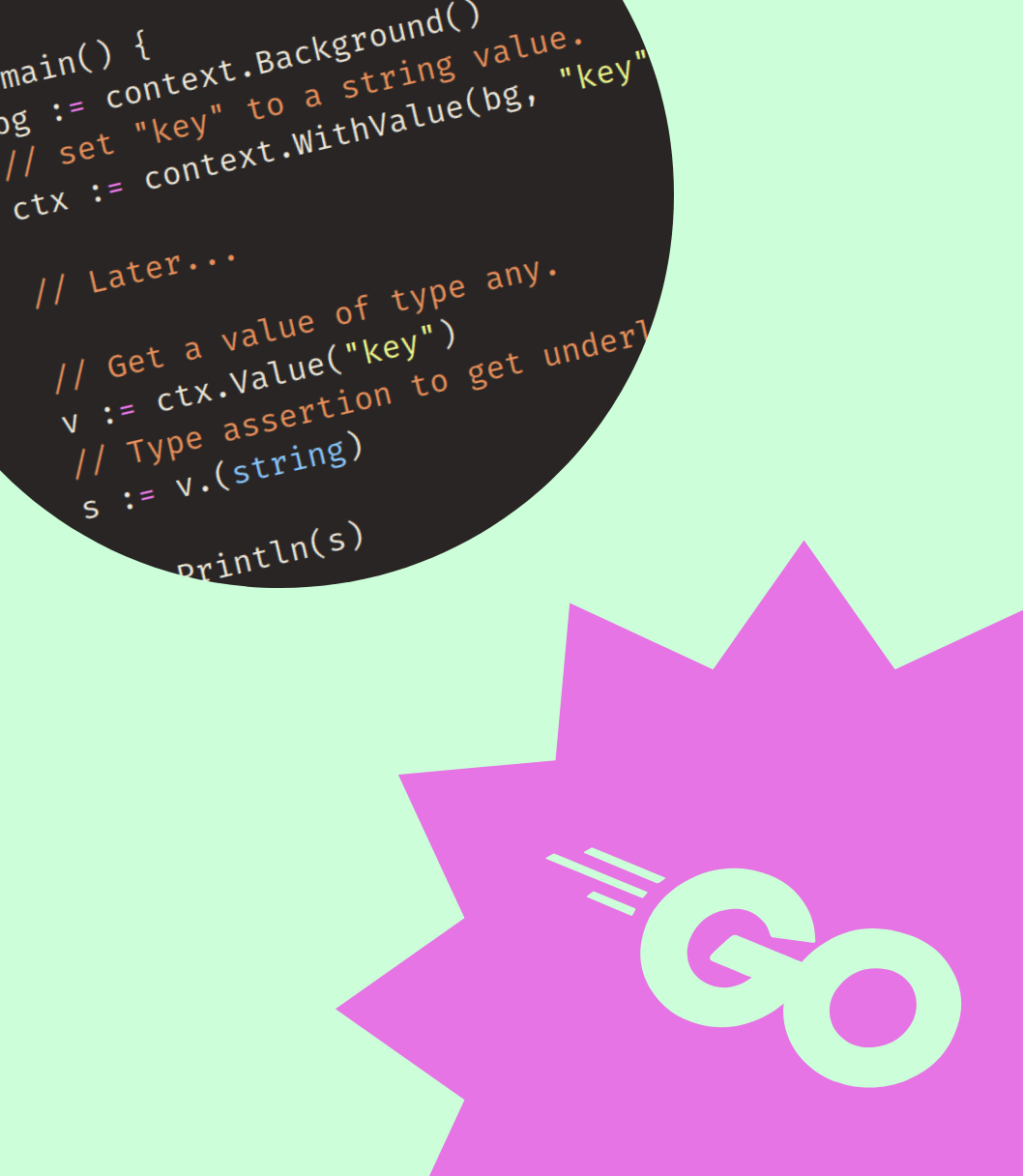Retry mechanisms, event scheduling or session expiration. All situations where you might want to create new time value some “duration” after an earlier time value.
This is where the Add method on the time.Time type comes in.
It creates a new time.Time some specific duration after the original time.Time value. If plotted on a timeline this essentially is essentially a “move forward”.
t1 + 2 seconds = t2In Go, a time.Duration value has a resolution of 1 nanosecond. You can multiple it with the available “unit” constants to convert to seconds, hours and days. See the examples below.
Adding seconds
In the example below we create t2 by adding 2 seconds to t1.
package main
import (
"fmt"
"time"
)
func main() {
t1 := time.Date(2024, 2, 8, 13, 37, 11, 0, time.UTC)
t2 := t1.Add(2 * time.Second)
fmt.Println(t1.String())
fmt.Println(t2.String())
}
Adding hours
This works similarly for hours, if we want t2 to be 3 hours after t1, we can do the following.
package main
import (
"fmt"
"time"
)
func main() {
t1 := time.Date(2024, 2, 8, 13, 37, 11, 0, time.UTC)
t2 := t1.Add(3 * time.Hour)
fmt.Println(t1.String())
fmt.Println(t2.String())
}
Adding days
You won’t find a time.Day constant in the time package. Mainly because this is where “ambiguity sets in”. Due to timezones and daylight saving time, days will not always take exactly 24 hours. In such situations you might want to look at t.AddDate.
However, if you are working in UTC (where every day does have 24 hours), you can use the following code.
package main
import (
"fmt"
"time"
)
func main() {
t1 := time.Date(2024, 2, 8, 13, 37, 11, 0, time.UTC)
t2 := t1.Add(24*time.Hour)
fmt.Println(t1.String())
fmt.Println(t2.String())
}
Please note that this is still not entirely correct due to leap seconds. But the Go time package does not support those to start with, so I’m skipping them here as well.
Negative duration
By providing a negative duration, you can subtract durations from time.Time values.
Location
The time.Time values created by the Add method will always be in the same location as the original time value.
Monotonic clock
If the original time.Time value is created via time.Now(), it will often contain a monotonic element. Calling Add on such
a value will create a new value that also contain a monotonic element. With the monotonic element adjusted for the duration provided to Add.
This is the only way to create new time.Time values that have monotonic elements without calling time.Now().



Get my free newsletter periodically*
Used by 500+ developers to boost their Go skills.
*working on a big project as of 2025, will get back to posting on the regular schedule once time allows.
